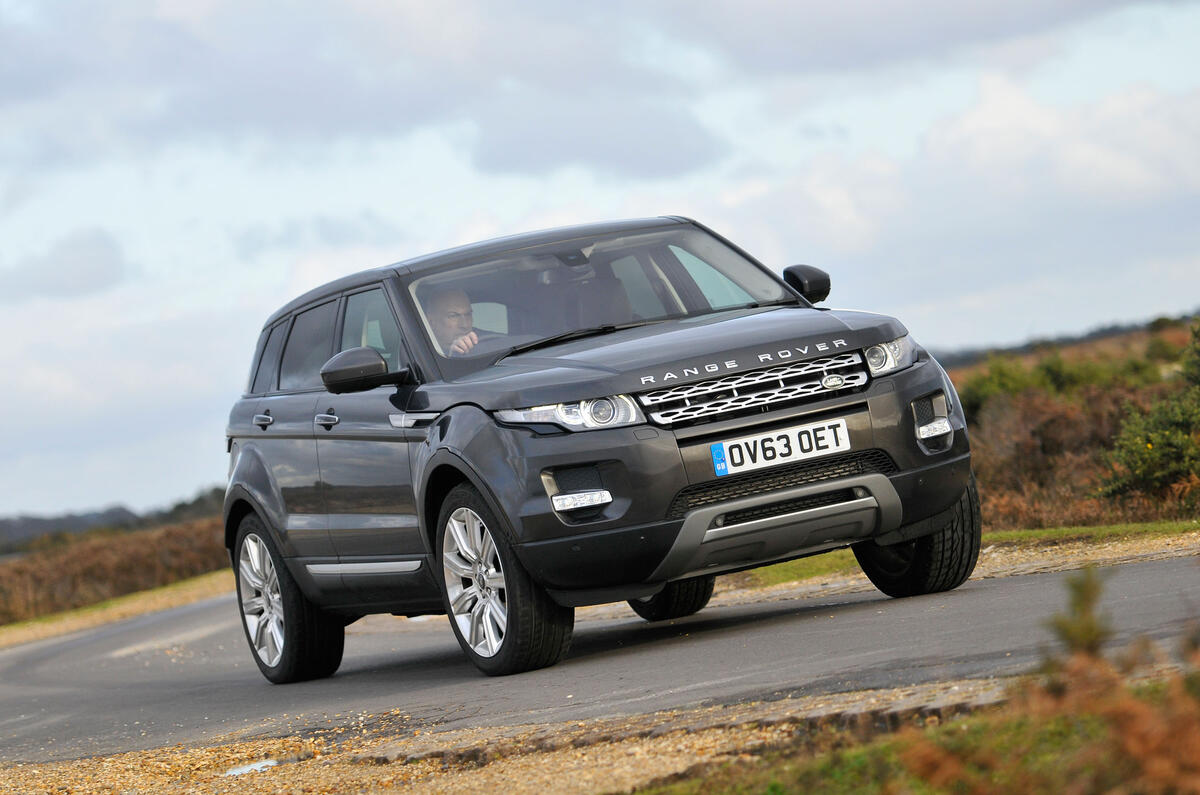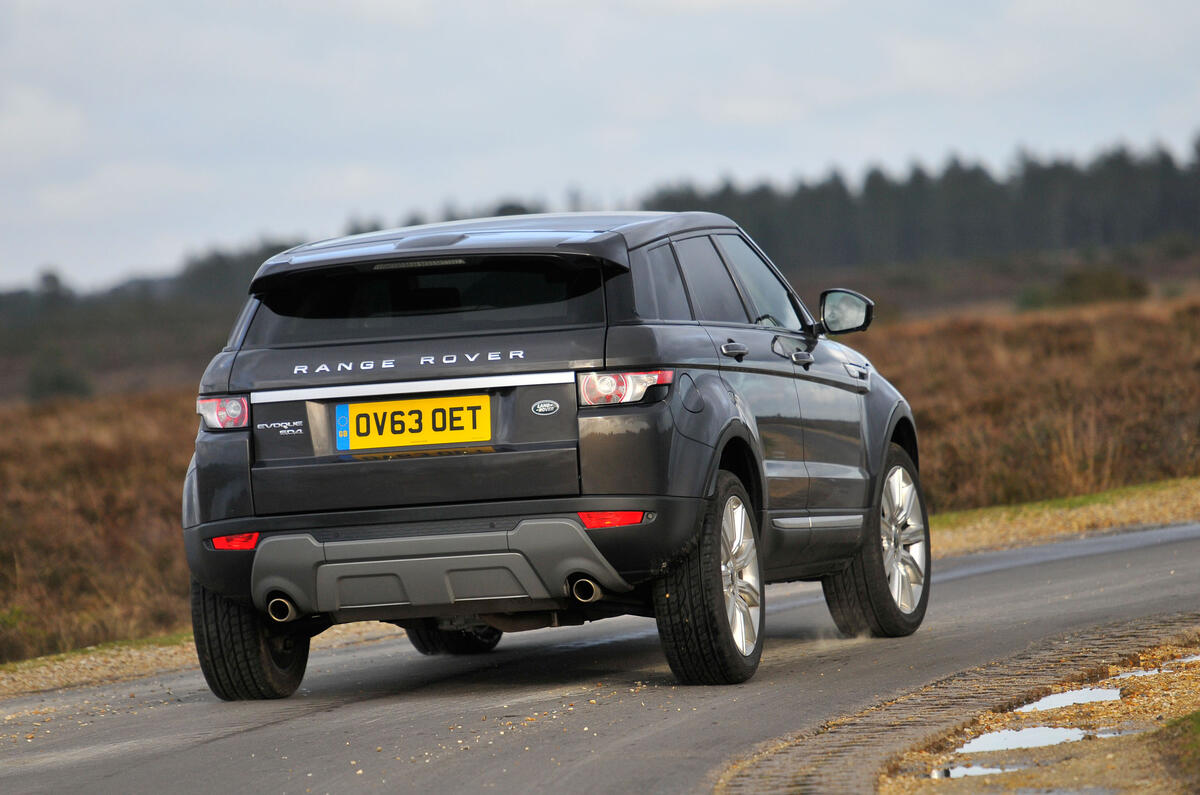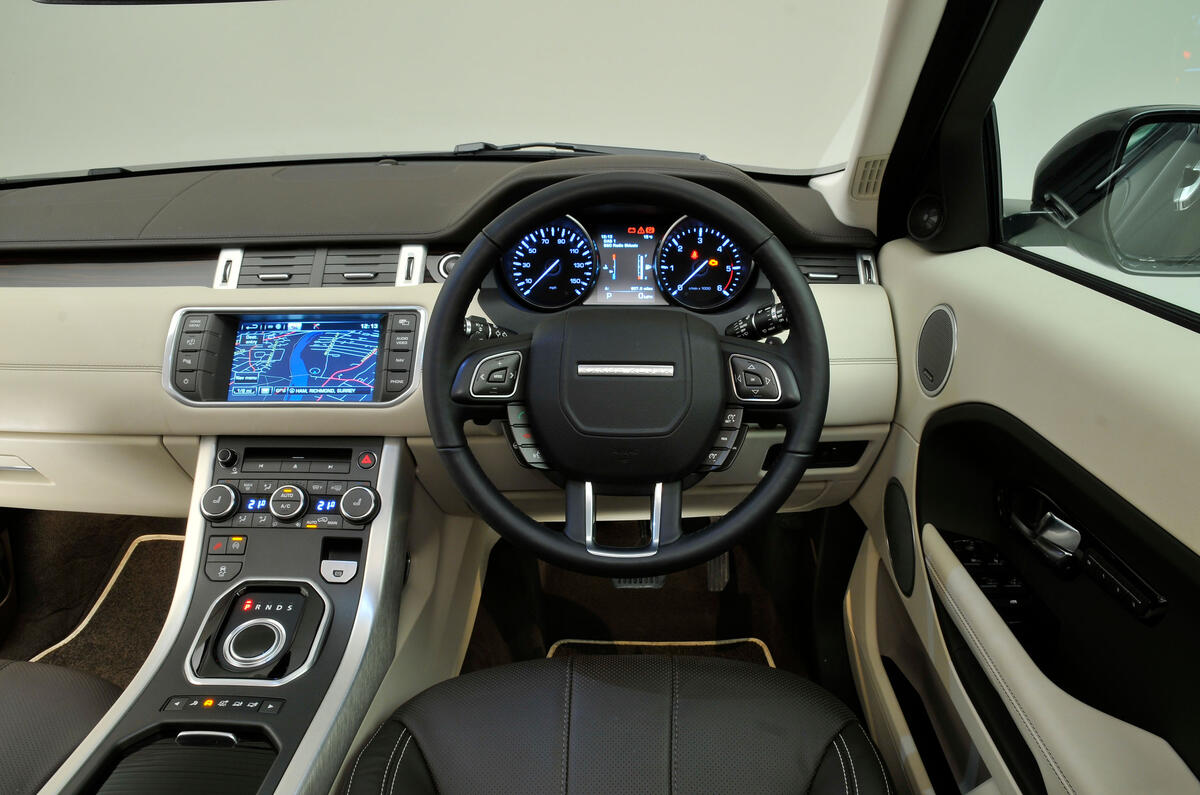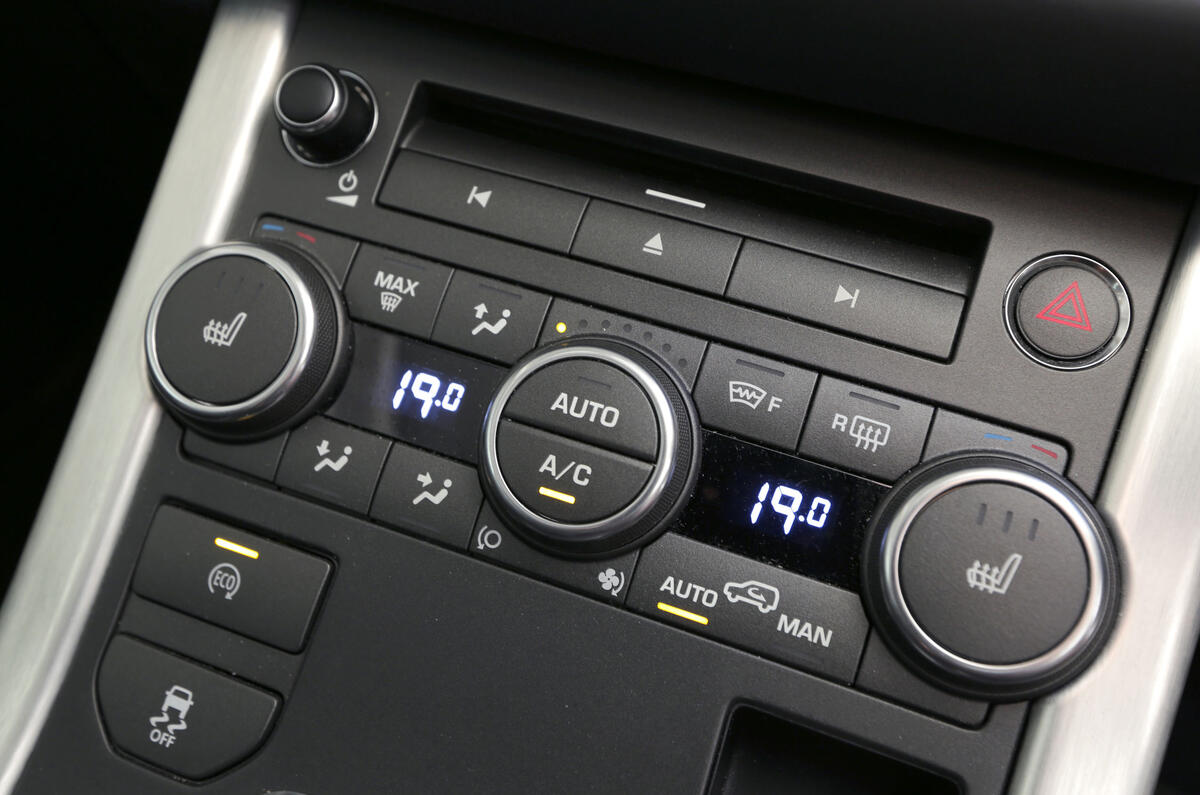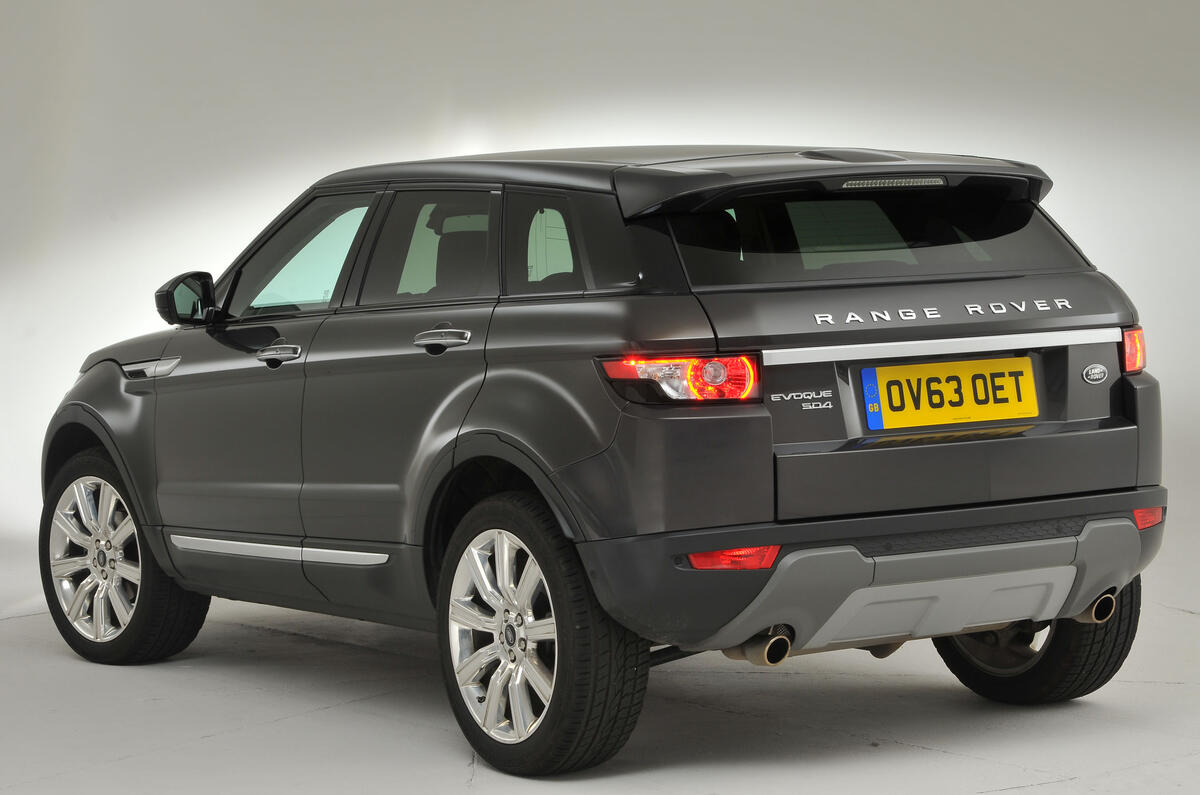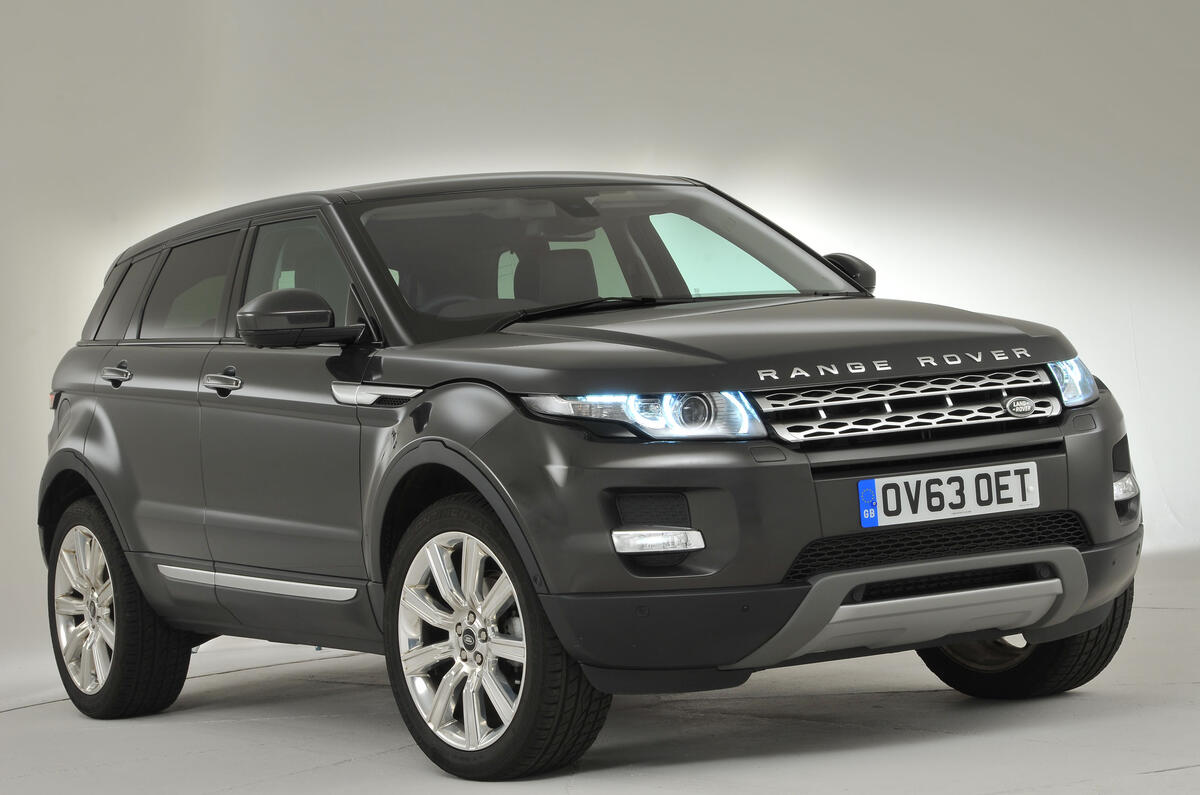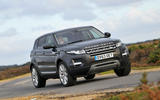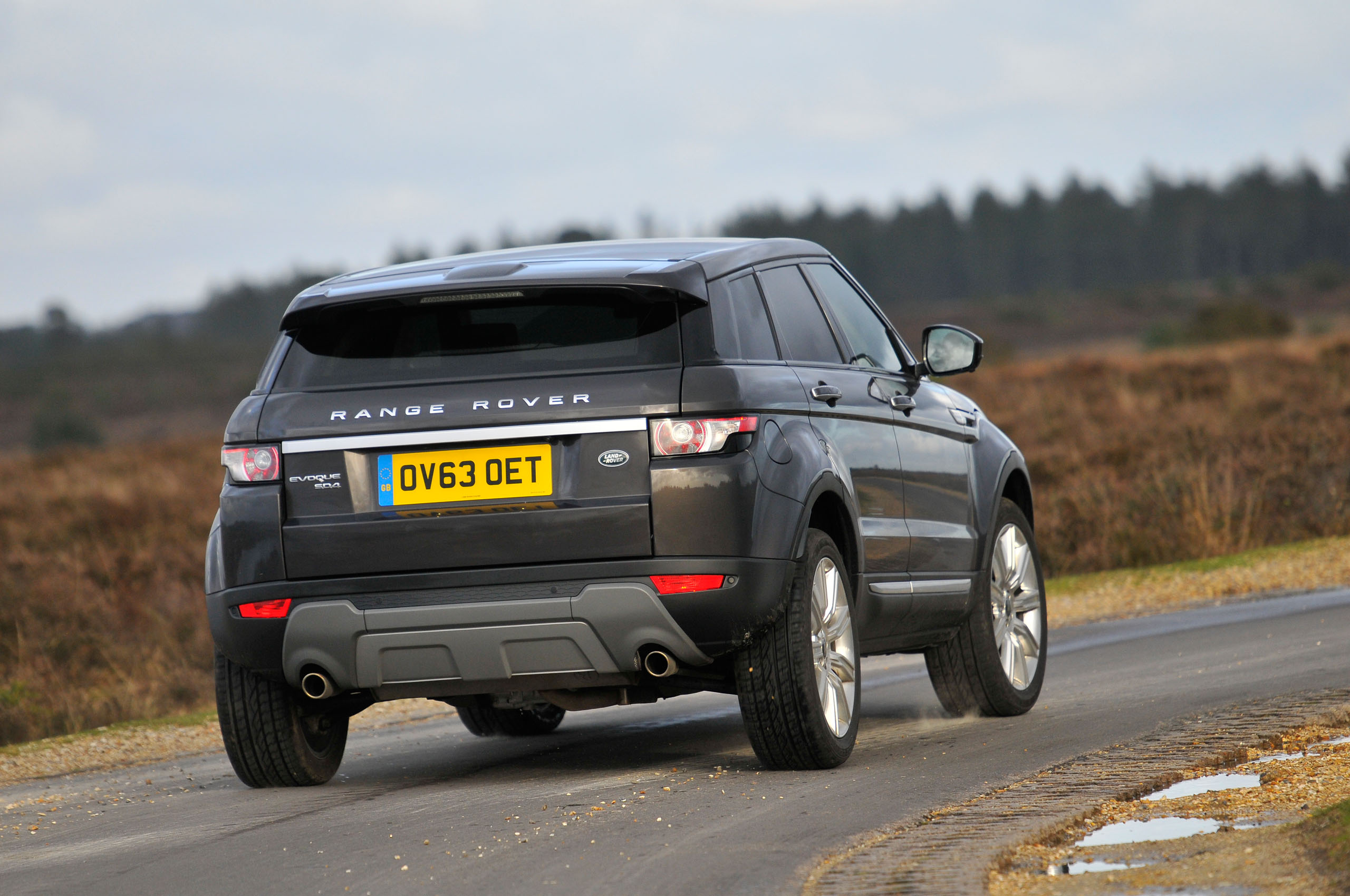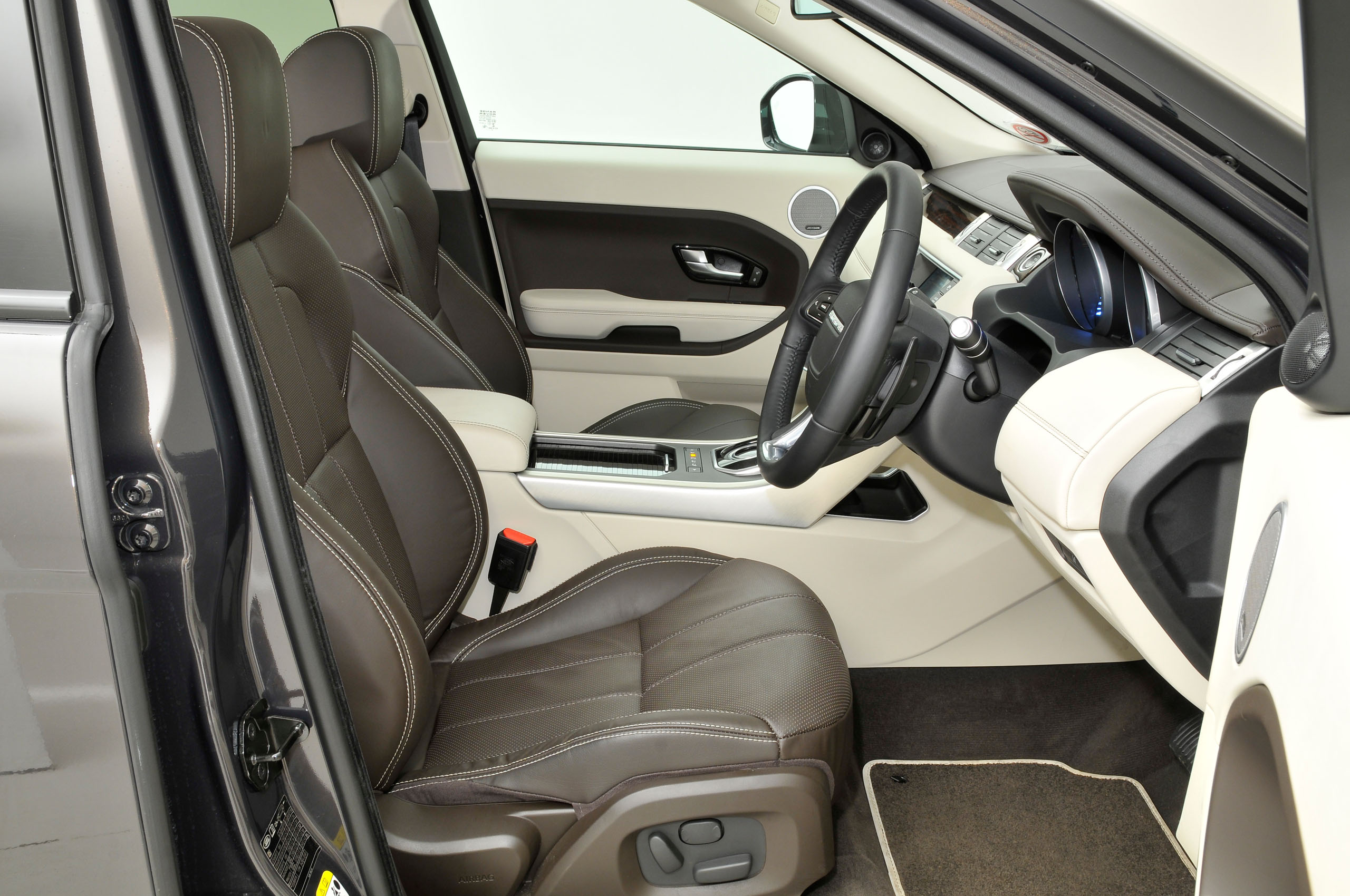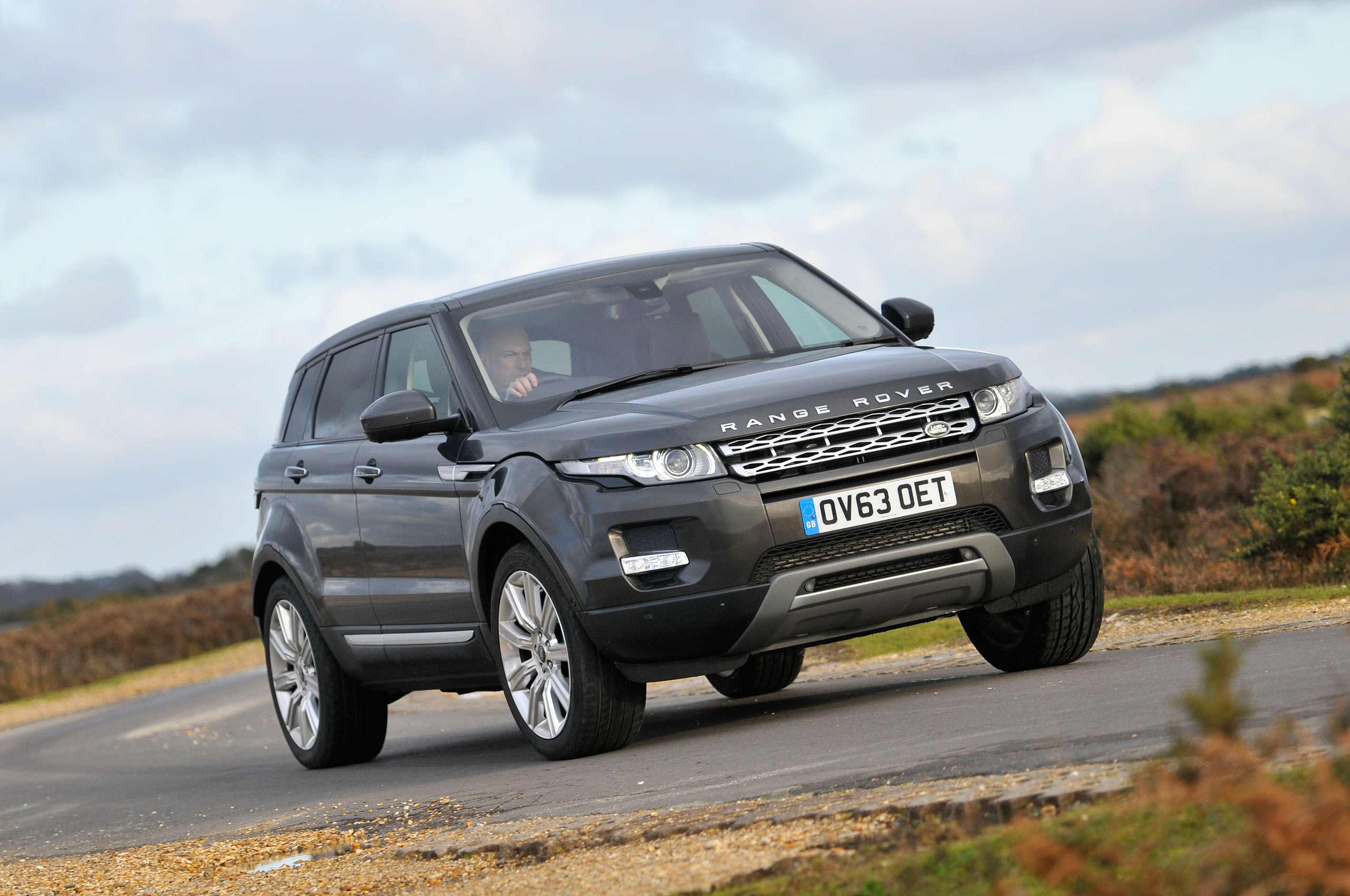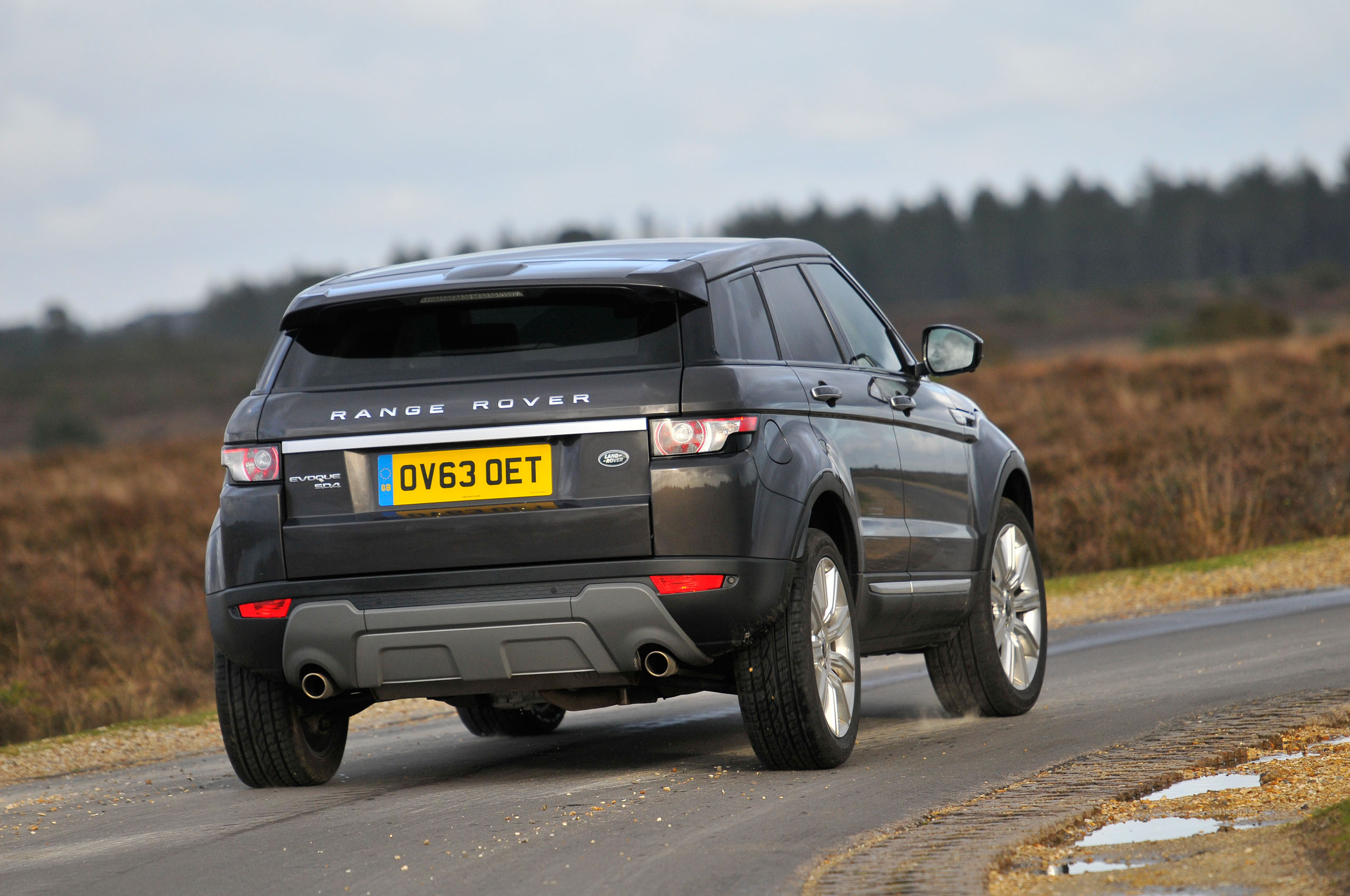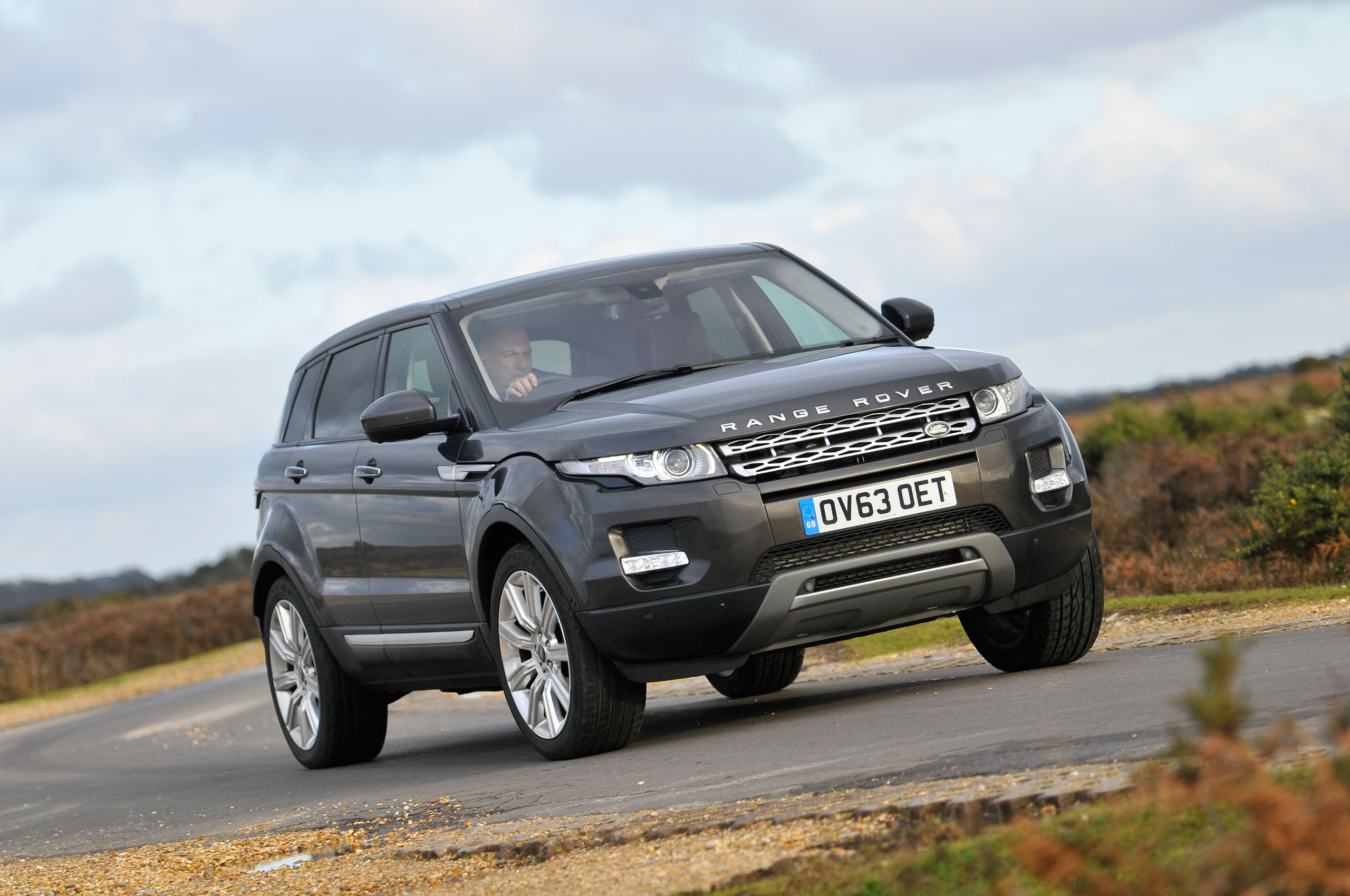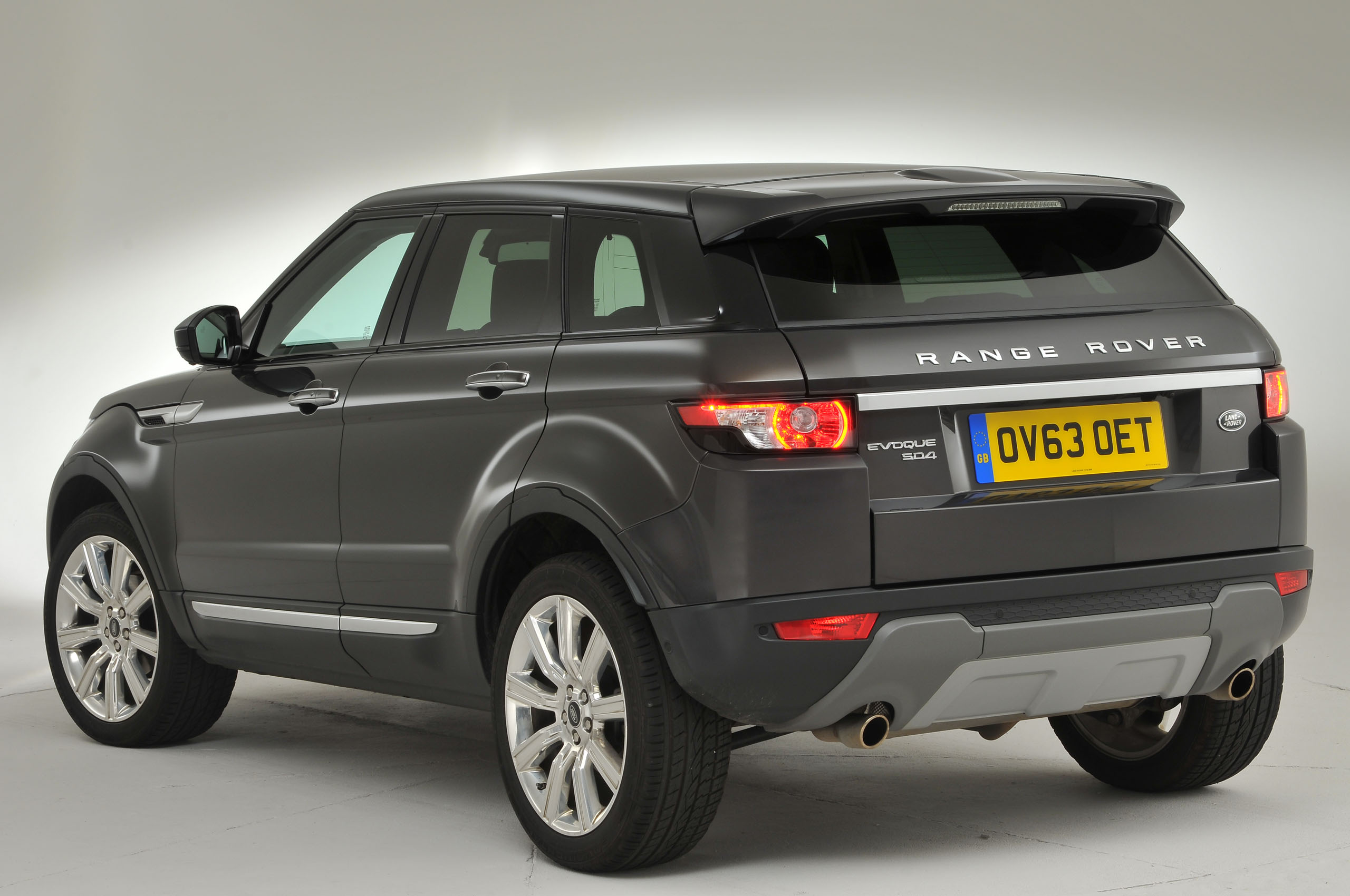Beneath the revolutionary skin, the Range Rover Evoque is a rather more evolutionary tale. Because it rolled down the same Merseyside production line as the Freelander, the two cars’ architectures are inextricably linked.
The Evoque’s engineering is its own, true, but without the Freelander links, which extend to about 30 percent of the architecture, there’d be no Evoque.
The Range Rover is up to 100kg lighter than the Freelander, though, partly because it is much shorter (at 4355mm it’s shorter than a Volkswagen Golf) and partly because of more extensive use of aluminium, both in its body panels and suspension, and plastics in the body.
That’s part of a drive for greater efficiency, as is the Range Rover Evoque’s electric power steering system, which is fixed to the front subframe, rather than the body, to improve steering feel.
The 2.2-litre diesel used in the Freelander, and in a raft of Ford, Peugeot and Citroën models, was replaced with two versions of its Ingenium 2.0-litre oilburner - the an eco-friendly and efficient eD4 (available in only driving the front wheels, or 2.0-litre TD4 unit which produces 178bhp.
Thumb the starter to fire that particular diesel and chances are that you’ll be pleasantly surprised by the relative absence of clatter at idle. For initial refinement, it feels to us on a par with this engine’s application in the Jaguar XF or, in fact, anywhere else that derivatives of this unit have been used to date.
To haul 1815kg, as tested, the Evoque’s 178bhp is on the modest side. At our test track, that power and 317lb ft of torque propelled the Evoque to 60mph in 9.5sec and dispatched 30-70mph in 9.5sec. The claimed maximum is 124mph. These are not poor figures and people do not usually come to SUVs expecting to find they go fast.
Most Evoque buyers, however, will not have come to an SUV before and might be a mite surprised by how moderately their monetary outlay performs compared with the estate or coupé they had before it.
The Evoque features Land Rover’s Terrain Response system, which affects not only how the hardware and stability software reacts to different road surfaces, but also how much accelerator movement you need to make progress. Left in either ‘no program selected’ or Dynamic, both intended for road driving, the response is clean and smooth. There’s a little creep from rest, step-off is clean and the six-speed auto feels like it begins to lock up early to give positive shifts.
Smooth progress is easy to make, with the ’box shifting mostly intelligently. It returns its best economy in its Drive programme, so sometimes it is a little flustered if you ask for slightly more power than it was expecting, making for a reluctant downchange. Select Sport and things improve, but if, say, you’re cruising between roundabouts but want a kick in the back on the way out, neither is quite the ideal compromise.
There are shift paddles on the steering wheel if you want to make the decision yourself – something we found ourselves doing a touch more often than we’d expected.
A 148bhp eD4 variant is available just as a two-wheel drive model.
Thanks in part to the 75kg weight saving from the deletion of the four-wheel drive gubbins, the two-wheel drive Evoque will emit as little as 109g/km and return as much as 67.3mpg.
The other available engine is a 237bhp 2.0-litre turbo petrol, mated to 4WD and an automatic gearbox only. This engine dramatically alters the Evoque's character, playing to the strengths of taut, agile handling overlaid on proper off-road ability. It takes just a few hundred yards to sense this fastest Evoque's eager pace and the crisp revvability of its engine.
The convertible models are only available as automatics powered by the range-topping diesel or petrol engines.



